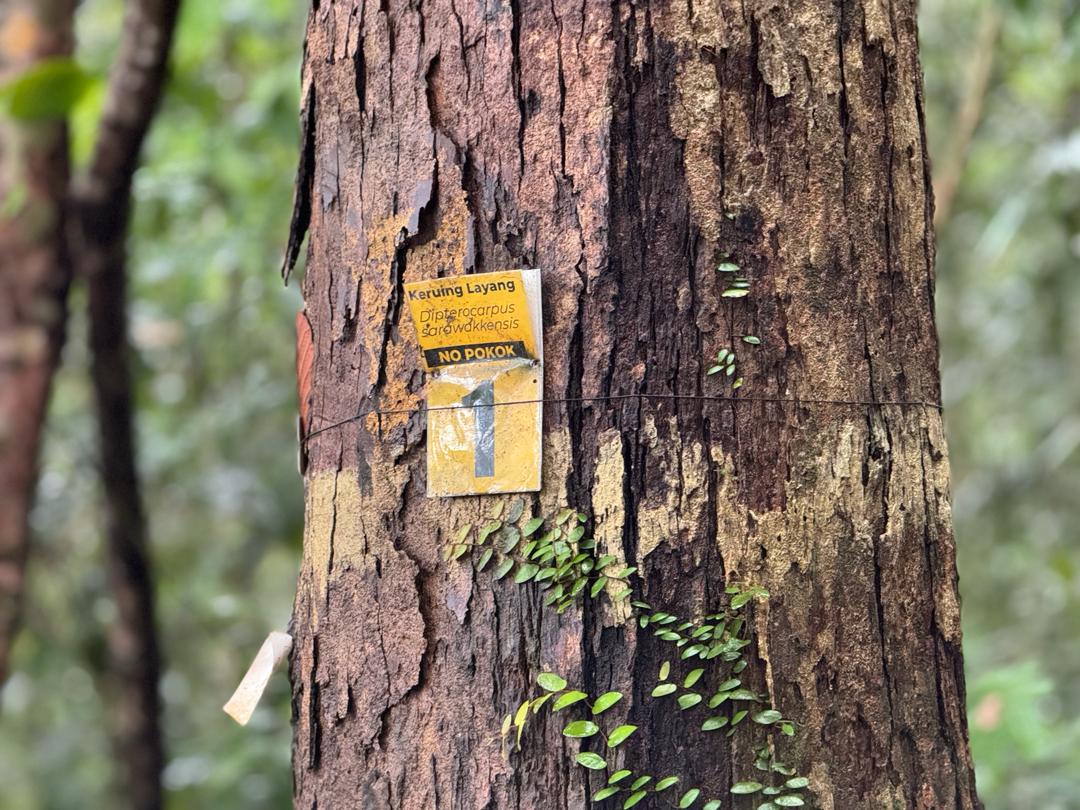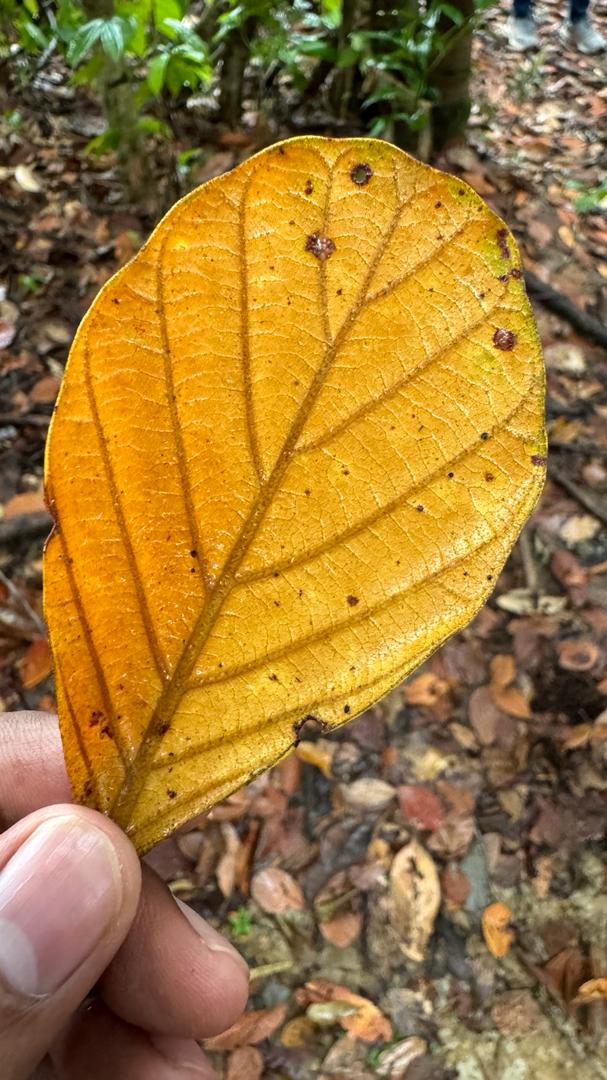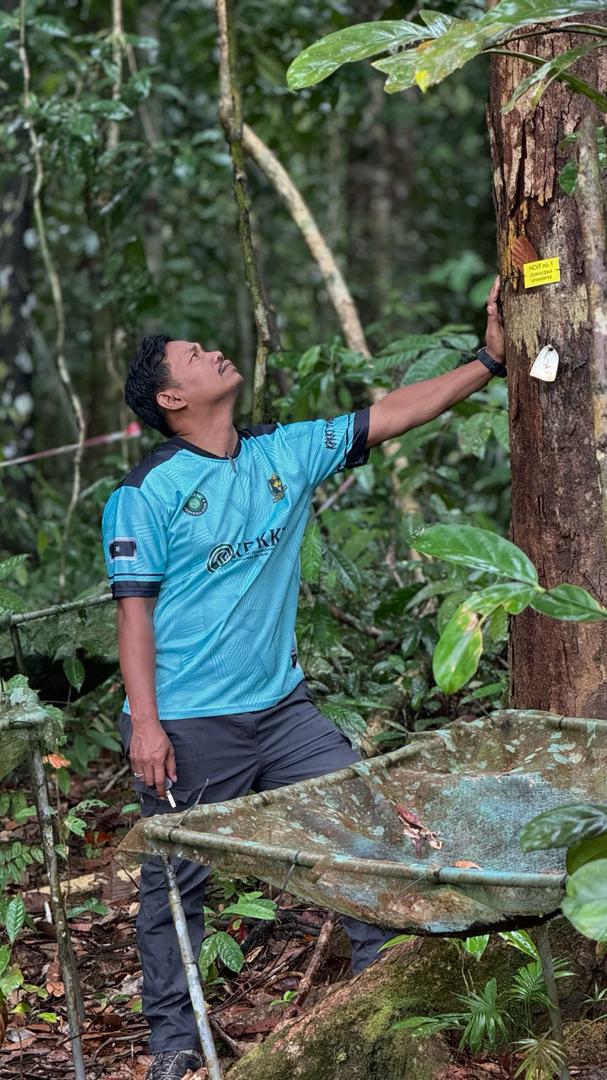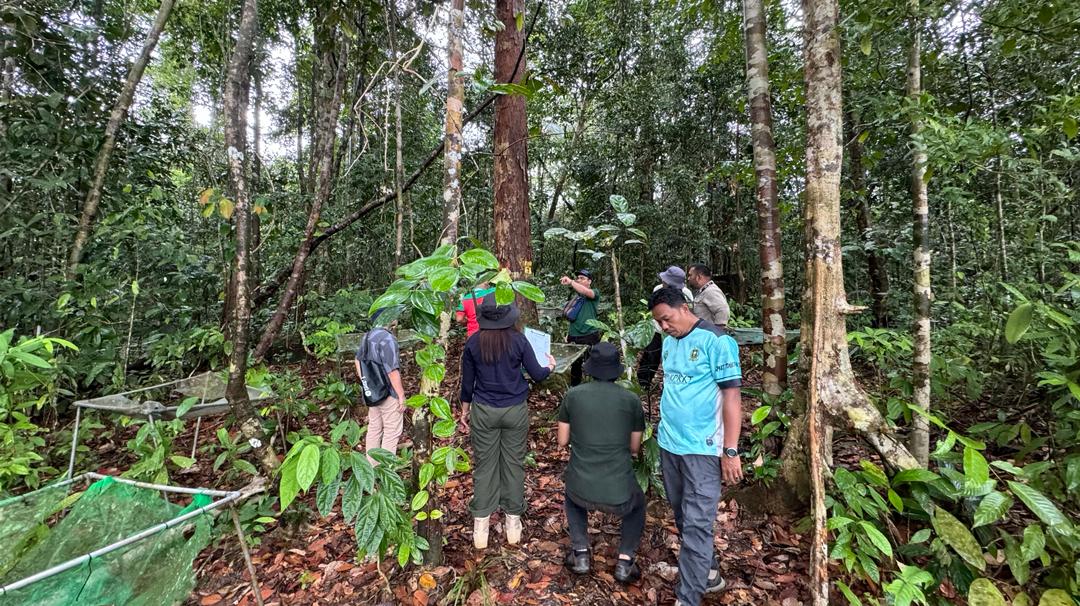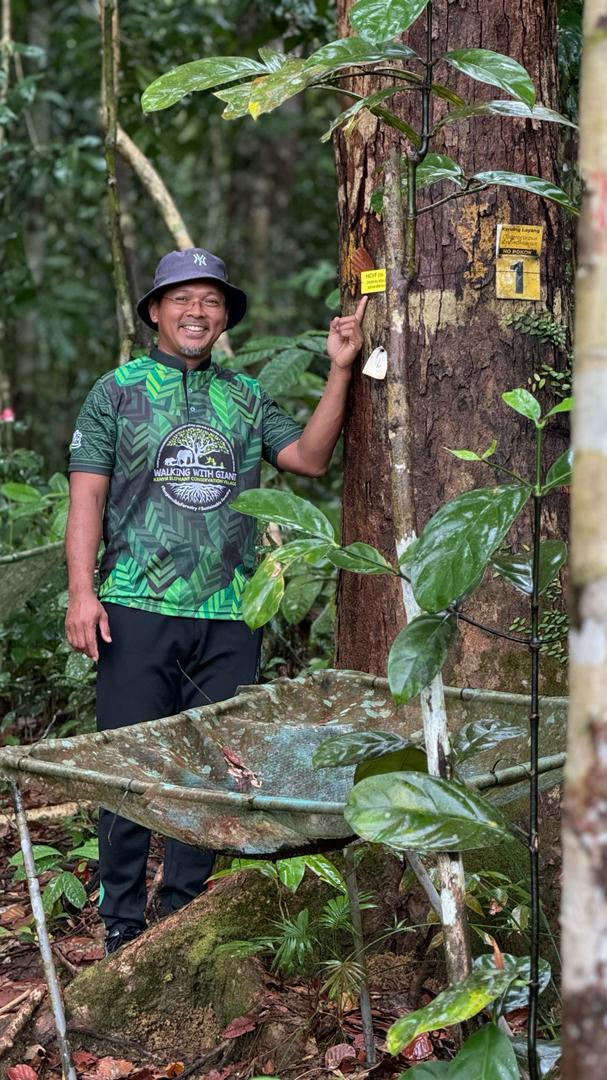All forests contain environmental and social values, such as wildlife habitats, watershed and soil protection and cultural significance. Where these values are considered to be of outstanding significance or critical importance, the forest can be defined as a High Conservation Value Forest (HCVF). A HCVF is the area of forest that is required in order to maintain or enhance a High Conservation Value which, under the FSC does not necessarily preclude the management (e.g. harvesting, silvicultural treatment and stand manipulation, etc) of the forest at large, provided that such management is compatible with maintaining or enhancing the identified HCV. The HCVF was initially developed by the Forest Stewardship Council (FSC) for use in forest management certification. Under FSC certification, forest managers are required to identify any High Conservation Values (HCVs) that occur within their individual forest management units and manage them in order to maintain or enhance the values identified.
Areas that contain globally, regionally, or nationally significant concentrations of biodiversity values, including endemic species, and rare, threatened, or endangered species. This could include regions with a high density of rare species or important habitats for these species.
Rare, threatened, or endangered ecosystems, habitats, or refugia. These areas are crucial for the preservation of biodiversity and often represent a significant proportion of the global extent of these ecosystems.
Areas that provide basic ecosystem services in critical situations, such as watershed protection, erosion control, and fire break functions. These services are essential for maintaining environmental stability and supporting human well-being.
Sites and resources fundamental for satisfying the basic necessities of local communities or indigenous peoples, such as food, water, and fuel. These areas are vital for the livelihood and cultural practices of the communities that depend on them.
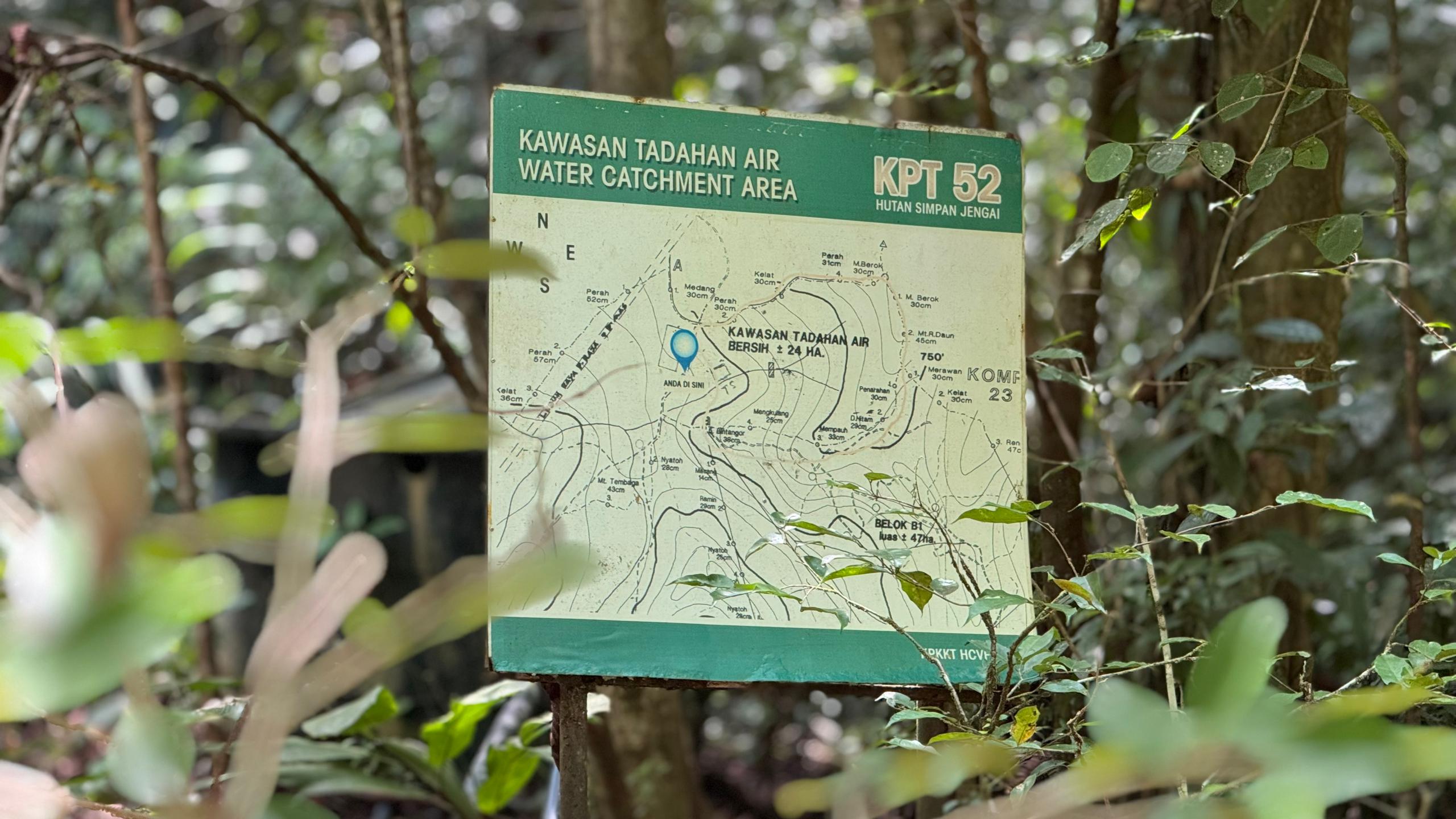
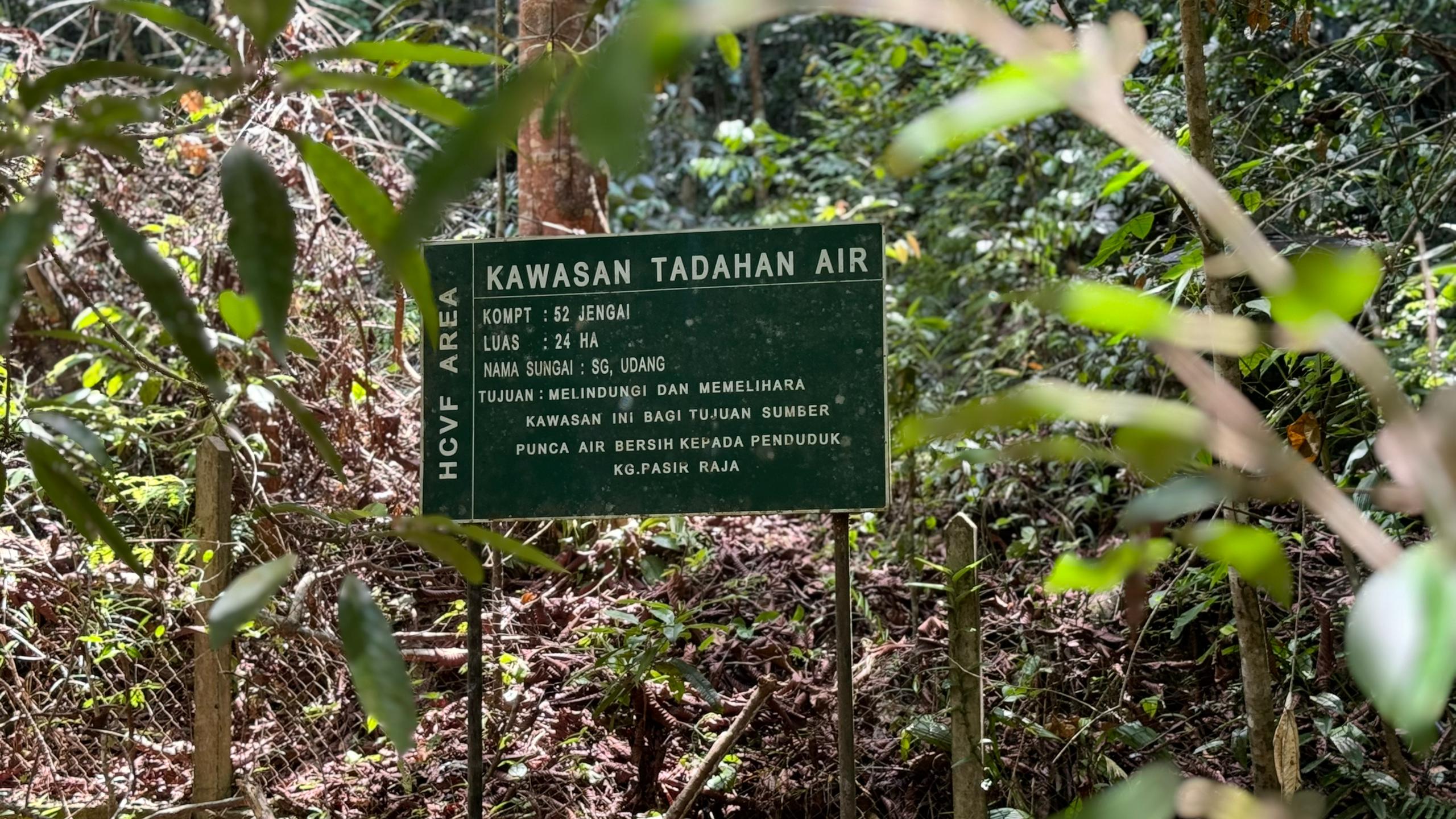
The protection of Compartment 31 Jerangau ensures that the Keruing Sarawak can thrive in its natural habitat, contributing to biodiversity and ecological stability. By preserving this area, we are safeguarding not just the Keruing Sarawak, but also the myriad of other flora and fauna that depend on this unique ecosystem. Conservation efforts here support broader environmental goals, such as maintaining genetic diversity, protecting water resources, and combating climate change through carbon sequestration. Thus, Compartment 31 Jerangau stands as a vital bastion of environmental protection and biodiversity conservation in Peninsular Malaysia.
